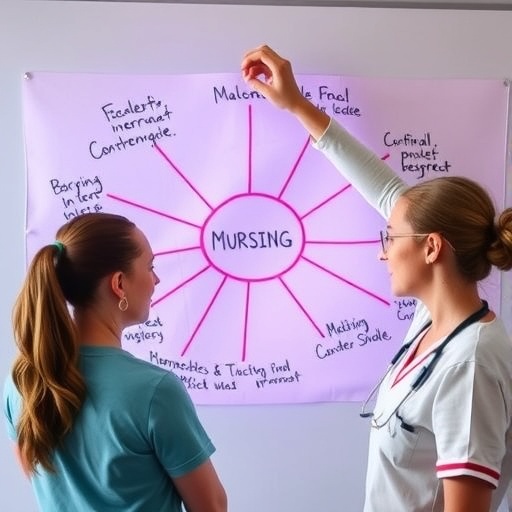WASHINGTON, Jan. 19, 2017 – The U.S. Department of Agriculture's (USDA) National Institute of Food and Agriculture (NIFA) today announced four grants totaling more than $13.6 million to combat a scourge on the nation's citrus industry, citrus greening disease, aka Huanglongbing. The funding is made possible through NIFA's Specialty Crop Research Initiative (SCRI) Citrus Disease Research and Extension Program, authorized by the 2014 Farm Bill.
"The economic impact of citrus greening disease is measured in the billions," said NIFA Director Sonny Ramaswamy. "NIFA investments in research are critical measures to help the citrus industry survive and thrive, and to encourage growers to replant with confidence."
Huanglongbing (HLB) is currently the most devastating citrus disease worldwide. HLB was first detected in Florida in 2005 and has since affected all of Florida's citrus-producing areas leading to a 75 percent decline in Florida's $9 billion citrus industry. Fifteen U.S. States or territories are under full or partial quarantine due to the presence of the Asian citrus psyllid (ACP), a vector for HLB.
Since 2009, USDA has invested more than $400 million to address citrus greening, including more than $57 million through the Citrus Disease Research and Extension Program since 2014. Awards for grant applications submitted in FY 2016 include:
- – Clemson University, Clemson, South Carolina, $4,274,523
– Regents of the University of California, Riverside, California, $5,112,000
– Iowa State University, Ames, Iowa, $2,476,099
– USDA Agricultural Research Service (ARS), Athens, Georgia, $1,821,197
Funded projects include Clemson University researchers using naturally HLB-resistant citrus trees to develop new resistant varieties using the CRISPR-Cas9 genome editing tool. The Regents of the University of California project will design and identify HLB bactericides based on both natural and nanotechnology approaches. Researchers at Iowa State University will investigate the use of sustainable, naturally occurring soil bacteria to control ACP. The ARS project will identify and assess the effectiveness and economic viability of chemotherapy treatment options.
More information on these projects is available on the NIFA website.
Among past projects, the University of Florida developed bactericides to help recover fruit production in HLB-affected orchards. Research at the University of California used virulence proteins to develop strategies for creating citrus rootstocks that are immune to HLB.
NIFA is a member of the federal Multi-Agency Coordination (MAC) group to help deliver near-term tools to citrus growers to combat HLB. In addition, NIFA support to the National Plant Diagnostic Network helps plant diagnostic laboratories share best practices and expedite diagnoses and screening for ACP and HLB. The network coordinates diagnostician training in HLB with USDA's Animal and Plant Health Inspection Service's Plant Protection and Quarantine. These services enable rapid and accurate diagnoses and support U.S. food security.
###
Since 2009, NIFA has invested in and advanced innovative and transformative initiatives to solve societal challenges and ensure the long-term viability of agriculture. NIFA's integrated research, education and extension programs support the best and brightest scientists and extension personnel whose work results in user-inspired, groundbreaking discoveries that combat childhood obesity, improve and sustain rural economic growth, address water availability issues, increase food production, find new sources of energy, mitigate climate variability and ensure food safety.
To learn more about NIFA's impact on agricultural science, visit http://www.nifa.usda.gov/impacts, sign up for email updates or follow us on Twitter @usda_NIFA, #NIFAimpacts.
Media Contact
Sally Gifford
[email protected]
202-720-2047
http://nifa.usda.gov/
############
Story Source: Materials provided by Scienmag




